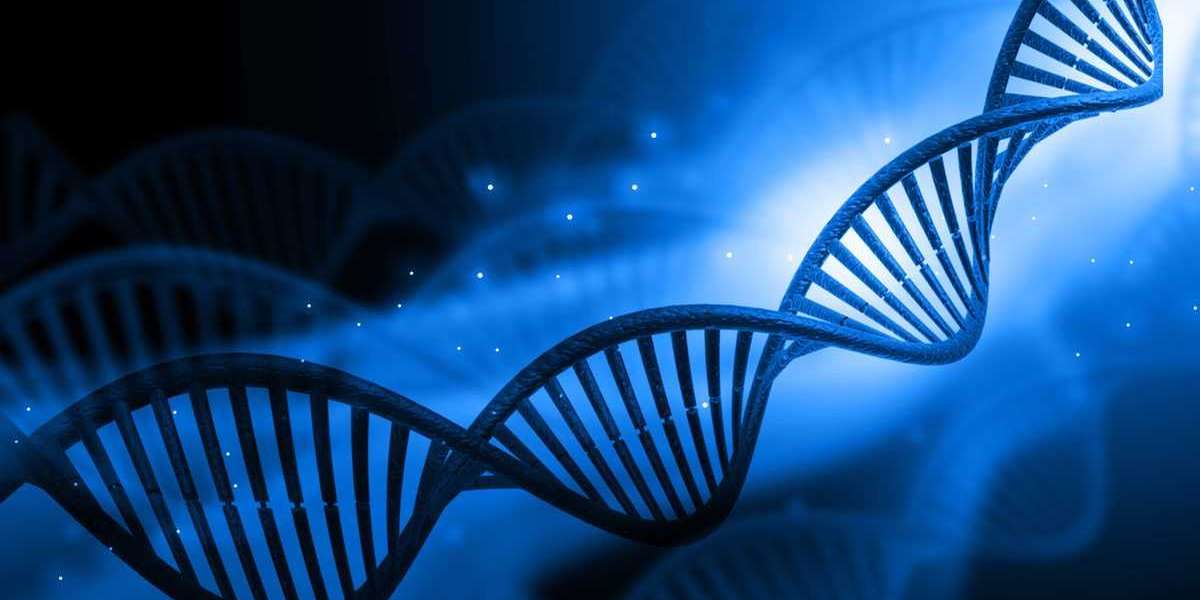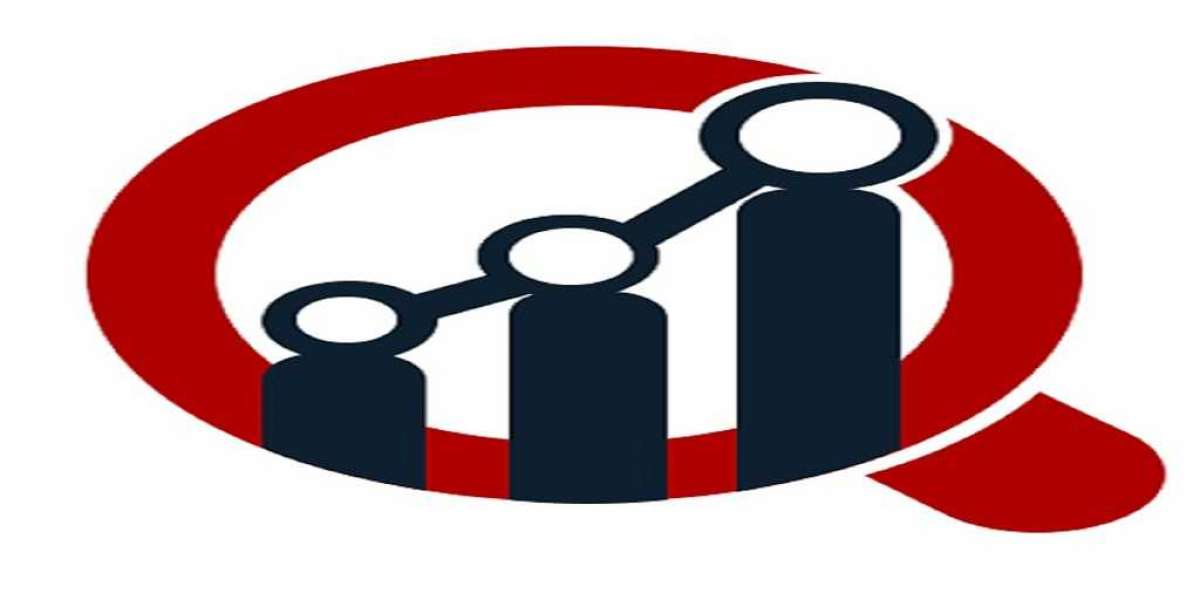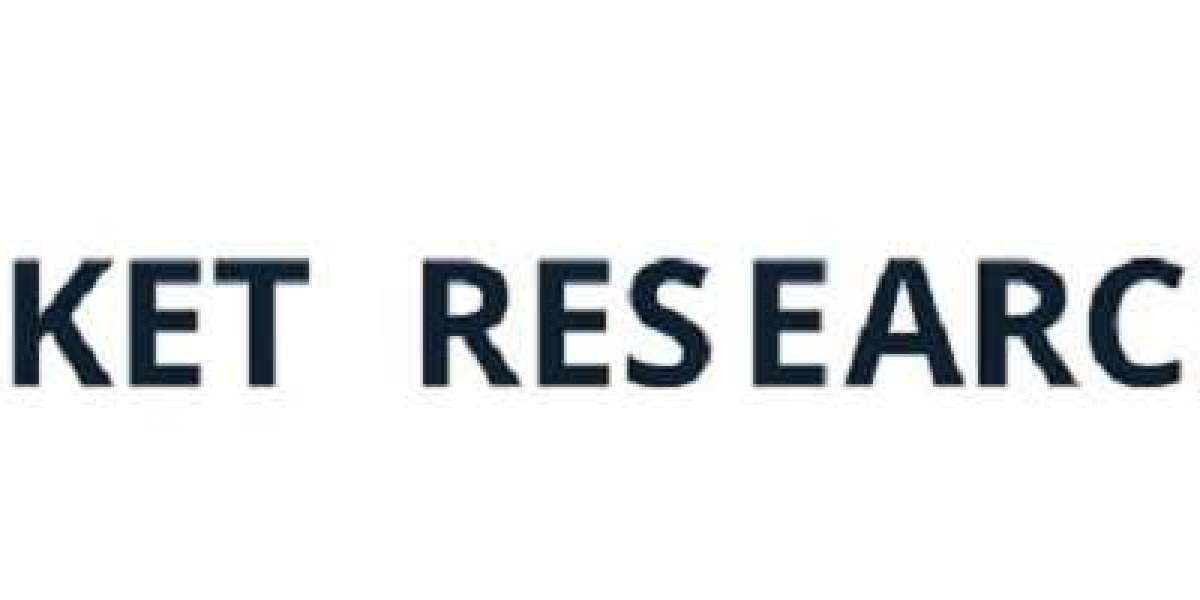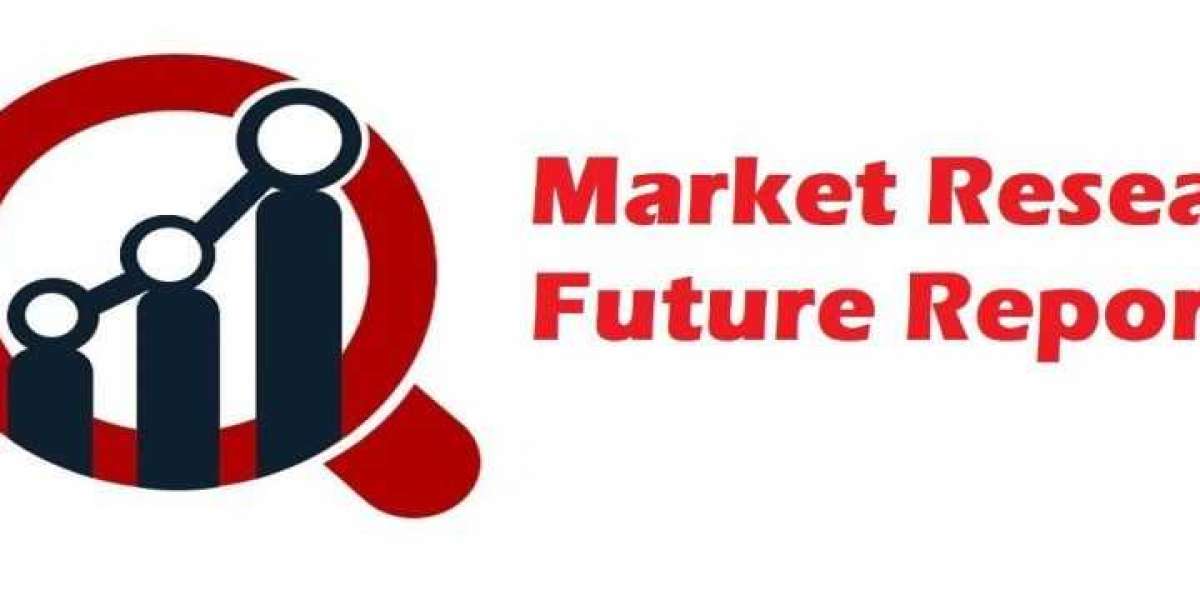Transgenic animals model advancements in DNA technology in their development. The mechanism for creating one are described in three steps:
- Healthy egg cells are removed from a female of the host animal and fertilized in the laboratory.
- The desired gene from another species is identified, isolated, and cloned.
- The cloned genes are injected directly into the eggs, which are then surgically implanted within the host female, where the embryo undergoes a traditional development process.
It is hoped that this process will provide an inexpensive and rapid means of generating desired enzymes, other proteins, and increased production of meat, wool, and other animal products through common, natural functions.
Ever since 1997 when Dolly was cloned, research and experimentation to clone useful livestock has continued unceasingly. The attractiveness of cloning is the knowledge that the offspring will be genetically identical to the parent as in asexual reproduction. Four steps describe the general process:
- A differentiated cell, one that has become specialized during development, with its diploid nucleus is far away from an animal to supply the DNA source for the clone.
- An egg cell from a similar animal is recovered and the nucleus is removed, leaving only the cytoplasm and cytoplasm organelles.
- The two egg cells are fused with an electric current to form a single diploid cell, which then begins normal cell division.
- The developing embryo is placed in a surrogate mother, who then undergoes a normal pregnancy.








